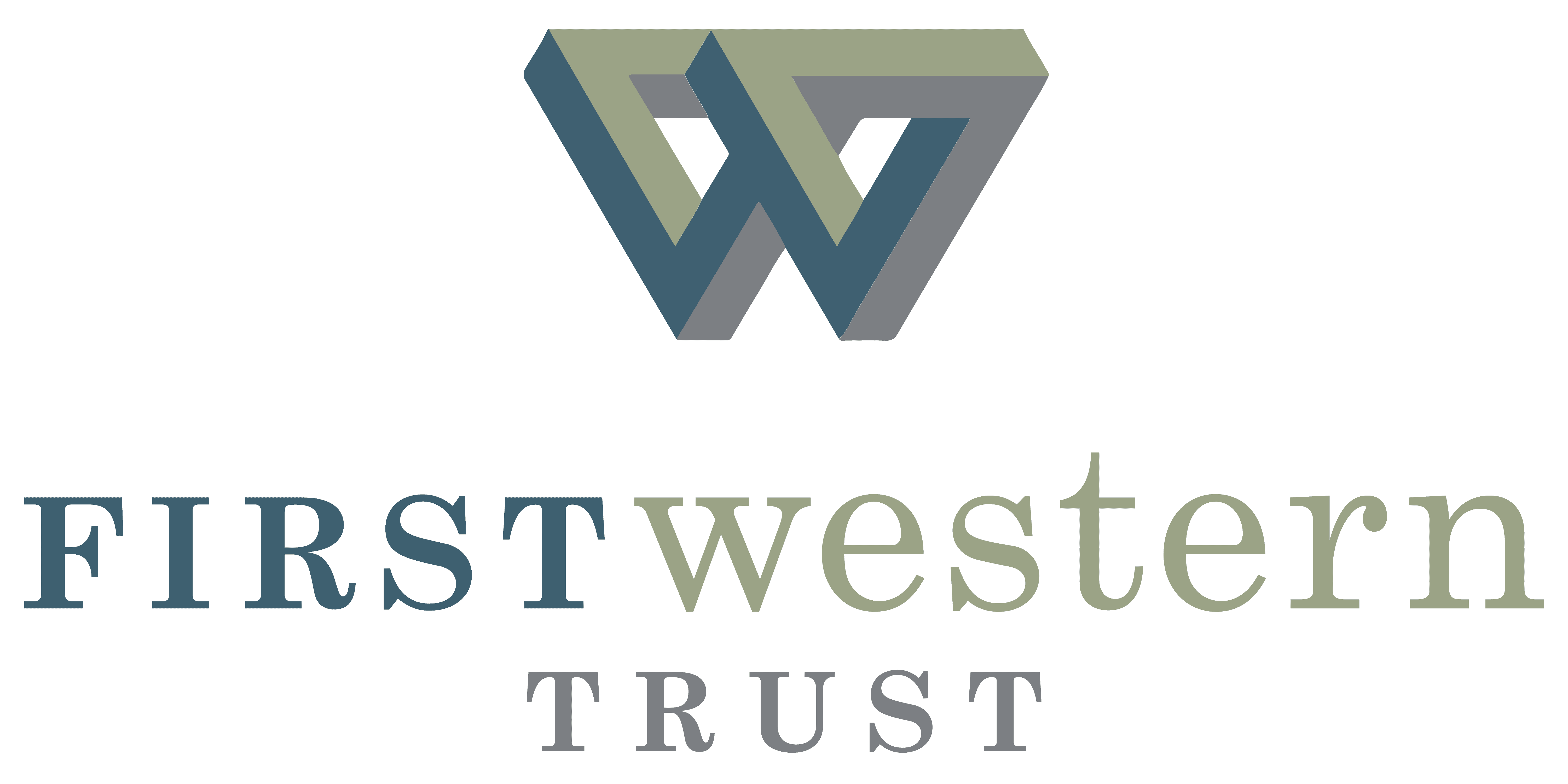
What Keeps Small Business Owners Up at Night
October 13, 2020
Ask a small business owner what keeps them up at night, and you are likely to get a laundry list of answers. From the cost of healthcare to economic conditions to finding quality employees, the complexity of running a business in the 21st century is fraught with risk. But, as any business owner knows, risk is part of the game.
Evaluating, mitigating, and managing risk does not have to be overwhelming. With careful planning and the right advisors, you can avoid many common business pitfalls. Here are three risk areas small business owners face and some practical advice on how to handle them.
Employee Retirement Plans
Thinking of offering a retirement plan or already have one established? 401k and other retirement plans are a great way to attract and retain top talent, but they also come with challenges and risks, in particular fiduciary risk.
The Employee Retirement Income Security Act, or ERISA, sets standards of conduct for employers offering retirement plans, which include providing fiduciary oversight to the plan. A fiduciary’s central responsibility is the duty to act prudently, which requires expertise in a variety of areas, including investments. However, it is important for fiduciaries to understand that their duty requires them to follow the terms of the plan document, minimize risk with a diverse investment offering, provide adequate education to participants, and most importantly, document processes. Although many financial professionals offer general investment information to plan sponsors, very few are well-versed in all facets of fiduciary oversight, and many are unwilling or unable to take on fiduciary responsibility.
Hiring a retirement advisor willing to act as a fiduciary on your plan can help limit your liability. Research, interview and evaluate your advisers carefully.
Additionally, you might consider adding fiduciary insurance to further mitigate fiduciary risks.
Payments Fraud
The occurrence of payments fraud is at its highest level since 2006, with 71% of small businesses experiencing attempted or actual fraud in 2016. While average losses from payments fraud range from $0-$25,000, some can reach well over $1 million, including legal fees. For a small business, one fraudulent payment can mean the difference between success or failure.
The three most common forms of payments fraud are check fraud, ACH fraud, and wire fraud. Each one comes with its own challenges; however, with the right tools and protocols in place, business owners can mitigate much of their payments fraud risk.
Check and ACH fraud can be prevented with a cash-management service called Positive Pay, which matches the checks and ACH transfers a company issues against those it presents for payment. For example, if your business cuts a check for $25,000 to a vendor and it posts to your bank in the amount of $27,000, Positive Pay will catch the discrepancy and withhold payment. The same is true for ACH transfers.
Unlike check and ACH fraud, wire fraud is more difficult to prevent, which is why having tight internal controls in critical. One common type of wire fraud on the rise is business email compromise (BEC). With BEC, a fraudster hacks the email of someone you know and trust and sends a request for a wire transfer.
For example, a fraudster could hack your CEO’s email account and send a wire transfer request to the accounting department, who would feel compelled to honor the request. In this case, having strict call-back policies, no matter who is making the request, as well as multiple approvals on external money movement would catch the fraud and prevent the loss for the company.
Don’t let fraudsters win. Work with your banking partner to set up the appropriate fraud-prevention services, such as Positive Pay, and ensure you have the right internal controls in place.
Business Succession Planning
Most small business owners put so much work into starting their business that they don’t spend time thinking about how they will get out of it. Whether through sale or succession, having an exit strategy is essential for every small business owner. Without it, you risk losing everything you worked so hard to create once you’re gone.
The business succession planning process connects the important parts of your financial life, while aligning your goals and hopes for the future of the company. Once a succession plan is established, you ensure a smooth ownership transition to future generations, employees, or both.
Sit down and talk to your family to get an understanding of everyone’s desires and expectations for the business. For an example, one child may want to run the business after you’re gone, while the other may not care about the business at all. As a business owner you want to make the best decision for the long-term sustainability of your company. As a parent, you want to ensure a fair distribution of your assets. Unearthing potential issues and opportunities like these before they arise can ensure effective succession planning and preserve family harmony.
Meet with your wealth planner to make sure your business succession plan is communicated, coordinated and integrated in order to provide a clear path to the future for all involved.
The bottom line: At the end of the day, as a business owner, risk cannot be avoided. But with the right partners and the right planning, you can put measures in place to help you sleep better at night.
Newsletter Sign Up
Insights
The New Economy Begins: 4 Money Moves High-Net-Worth Individuals Should Make Before Inauguration Day
As a new administration prepares to take office, high-net-worth individuals face an opportunity to review their financial strategies. Changes in […]
Learn more
Week in Review: December 30, 2024
Recap & Commentary Markets ended the holiday-shortened week modestly higher giving hope to investors that 2024 will end with a […]
Learn more
How to Plan for Retirement: A Comprehensive Wealth Management Strategy for High-Net-Worth Individuals
As a high-net-worth individual, retirement isn’t just a milestone—it’s a chance to transition into the next chapter with purpose, freedom, […]
Learn more
The IRS Announces 3 Key Changes to 401(k) Plans for 2025: How to Maximize Your Retirement Savings
The IRS has recently unveiled important changes to 401(k) plans for 2025, offering new opportunities for workers to boost their […]
Learn more
Tax-Efficient Retirement Planning: Strategies to Optimize Your Wealth in Retirement
When planning for retirement, maximizing wealth and managing tax burdens are essential to ensure your hard-earned savings work for you. […]
Learn more








